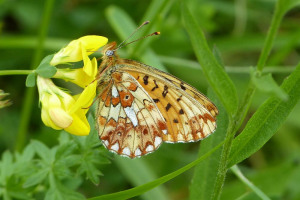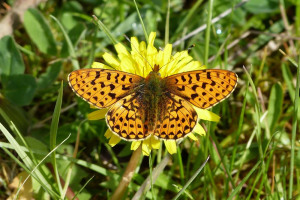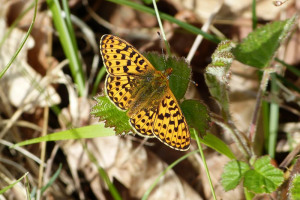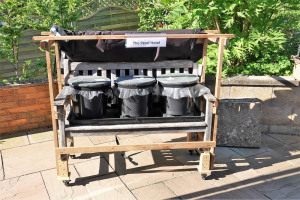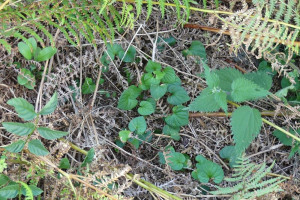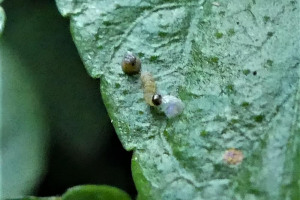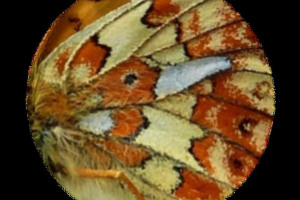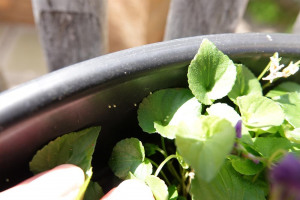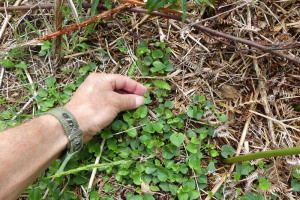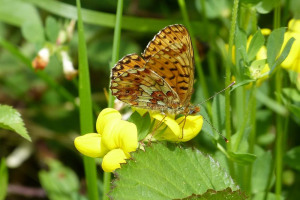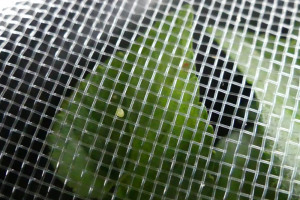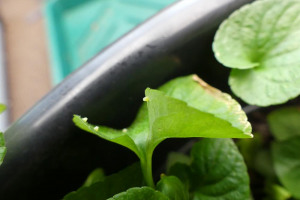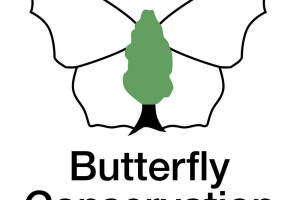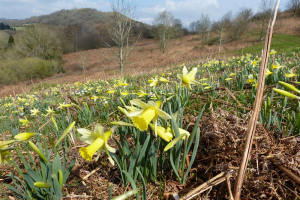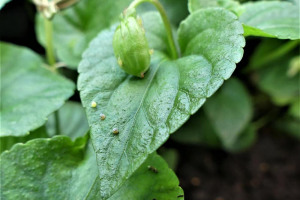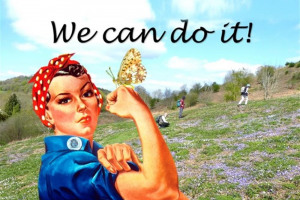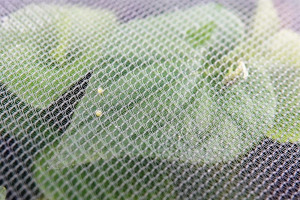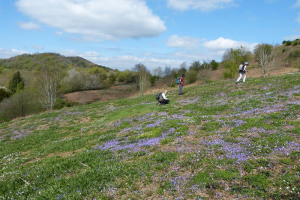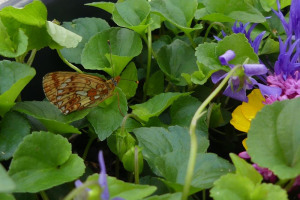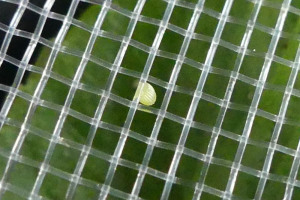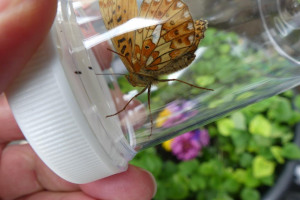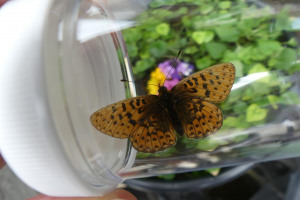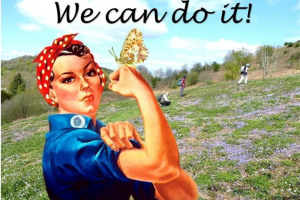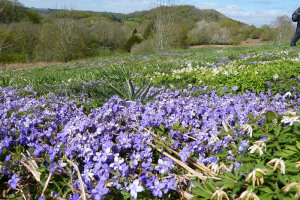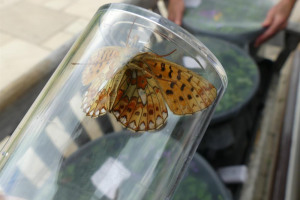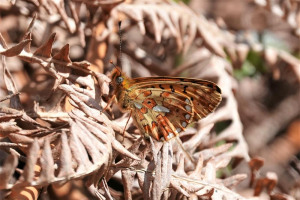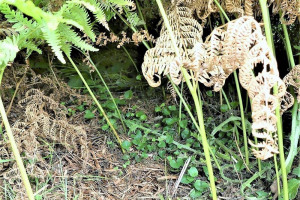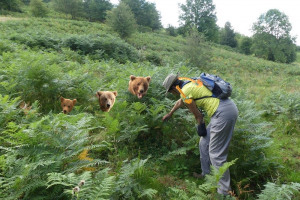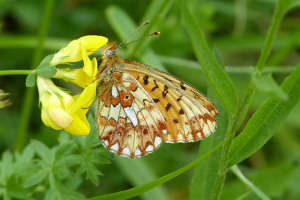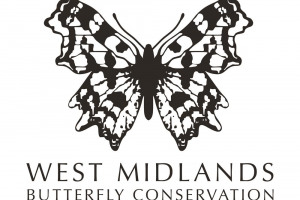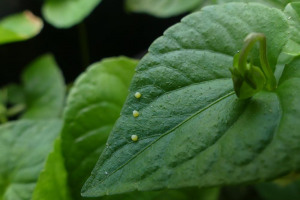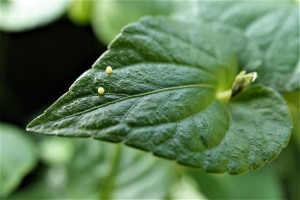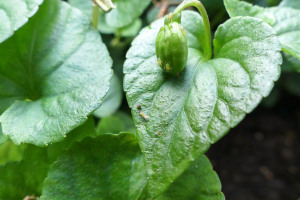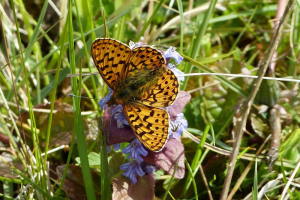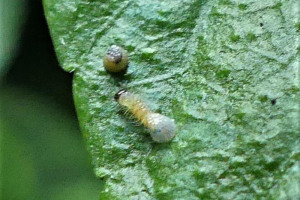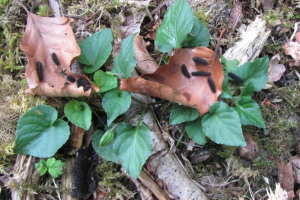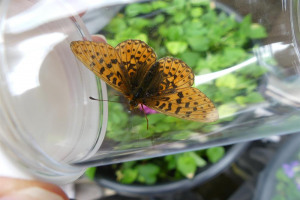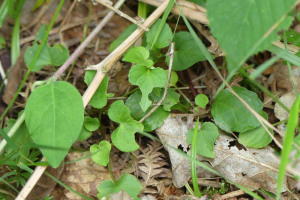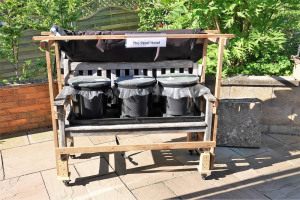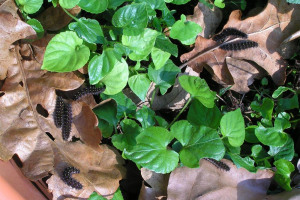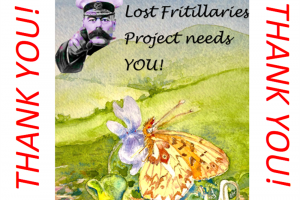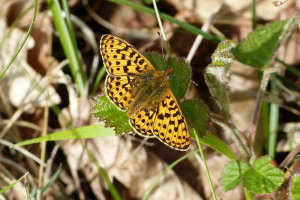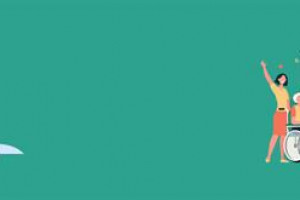This rare and attractive butterfly was once common on the Malvern Hills but disappeared at the end of the twentieth century. West Midlands Butterfly Conservation plans to reintroduce this butterfly on three local sites with improved habitat management. This involves three different landowners and many volunteers from the local community assisted by expert advice from Butterfly Conservation.
Funding is needed to survey sites, modify habitat management and support a local breeding programme. Already, volunteers are growing hundreds of dog violets to feed the caterpillars that hibernate over winter and re-emerge the following spring ready to pupate and turn into adult butterflies that are transferred onto our local sites.
"If we and the rest of the back-boned animals were to disappear overnight, the rest of the world would get on pretty well. But if the invertebrates were to disappear, the world's ecosystems would collapse” David Attenborough, President of Butterfly Conservation
What we'll deliver:
- improved habitat for local wildlife
- increased biodiversity
- public access to view this attractive spring butterfly
- stunning wildlife landscapes on the east and west sides of the Malvern Hills
- a long lasting environmental legacy for future generations
Why it's a great idea:
Butterfly Conservation is a national charity dedicated to the conservation of butterflies and moths which are important indicators of the health of our environment. The West Midlands branch has devised this project because we want to contribute to the UK’s ‘nature recovery’ in our local area; an area of outstanding natural beauty and biodiversity importance and cherished by many.
Increasing numbers of volunteers want to help with this project. Visitors and the local community can benefit because "Spending time with nature offers us all precious breathing space away from the stresses and strains of modern life, it enables us to experience joy and wonder, to slow down and to appreciate the wildlife that lives side-by-side with us.” David Attenborough
Guided walks will provide a much greater understanding of the life cycle of this protected species, its habitat requirements and the benefits it brings to the environment.
Steps to get it done:
- 2021-May-start captive larval breeding programme
- 2021-Autumn-survey habitat all receptor & donor sites and modify habitat management on receptor sites
- 2022-April-reintroduce 5th instar larvae and adult butterflies on to at least one of three receptor sites
- 2022-May-repeat captive larval breeding programme
- 2022-Autumn-repeat survey of all receptor sites and modified habitat management
- 2023-2025-further captive larval breeding and reintroduction on 2-3 receptor sites
- 2023-2025-monitoring population, surveying sites and modified habitat management
- 2023-2025-guided walks around receptor sites
- 2025-increase and link PBF sites in Worcestershire, Herefordshire and Gloucestershire
There will be some flexibility within the project timetable; the timing / scheduling of activities may be subject to change, though all activities will be accomplished by the end of 2025.





